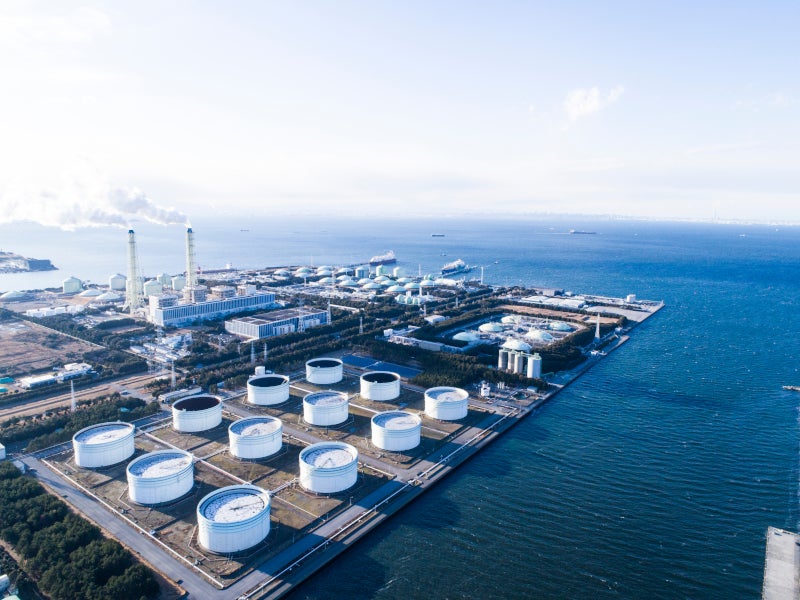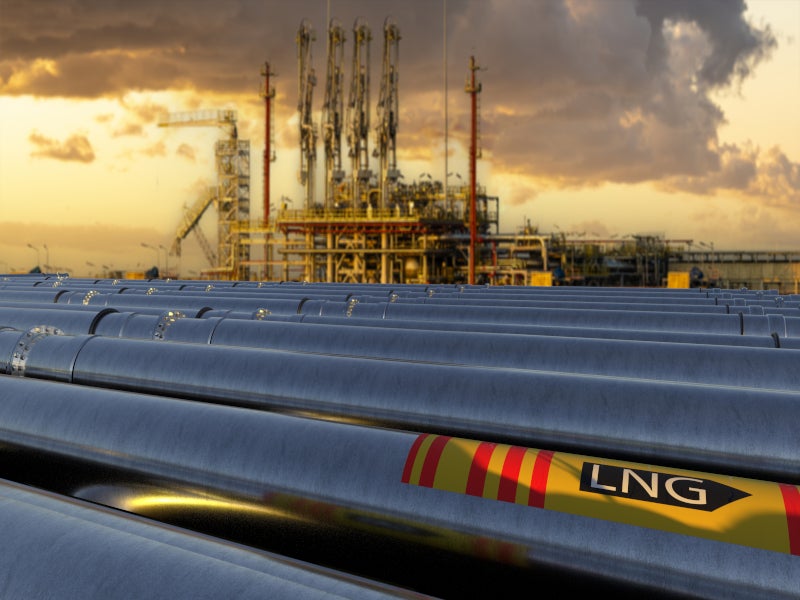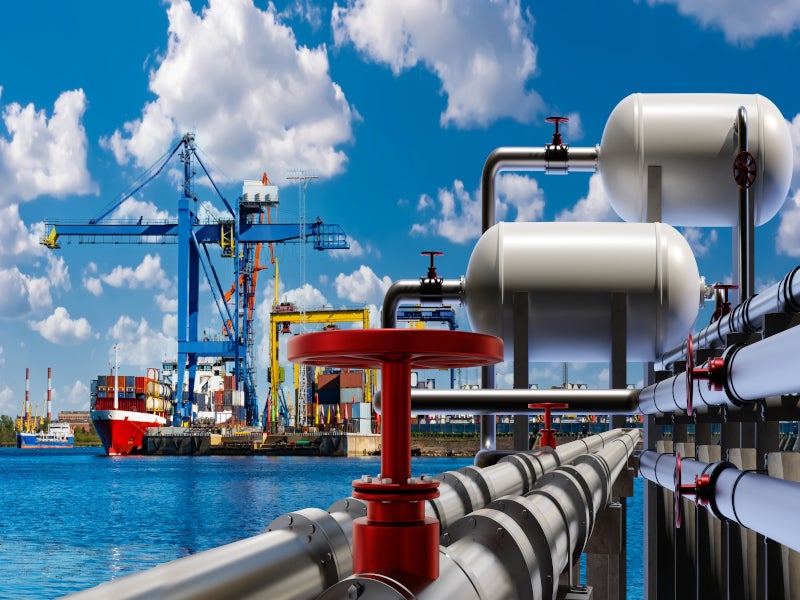The Cedar liquefied natural gas (LNG) project is a proposed floating liquefied natural gas (FLNG) facility located in British Columbia, Canada. It will be the country’s first FLNG project.
The project will be developed by the collaborative effort between the Haisla Nation and Pembina Pipeline (Pembina), an energy transportation and midstream services provider.
The project will be developed with a nameplate capacity of 3.3 million tonnes per annum (mtpa). It is strategically positioned to capitalise on Canada’s abundant natural gas supply and deliver a lower-carbon energy option to global markets. The project partners achieved financial closure for the Cedar LNG project in June 2024.
The project is estimated to require an investment of approximately $3.4bn out of which around $2.3bn is under a fixed-price, lump-sum agreement. The remaining $0.6bn will comprise the interest during construction work and transaction costs.
During the construction phase, the project is expected to employ up to 500 individuals and will subsequently create approximately 100 stable jobs.
The pre-construction activities are currently underway, with the project anticipated to commence operations in late 2028.
Cedar LNG project location
The Cedar LNG facility will be located approximately 10km south-west of Kitimat town centre and 3km across the Douglas Channel from Kitamaat Village. The project’s various facilities will encompass an area of approximately 88ha.
Cedar LNG will be primarily located on Haisla Nation-owned, fee-simple land within the Haisla Nation’s traditional territory.
Cedar LNG project details
The Cedar LNG project entails the construction, operation, and eventual decommissioning of an FLNG export facility and marine terminal. The designated area for the facility will include the FLNG, marine terminal infrastructure, pipeline tie-in, warehouses, power substation, security building, and access roads.
The natural gas processing and pre-treatment facilities are to be situated on the nearshore LNG production unit. It will incorporate all infrastructure necessary for the initial conditioning of natural gas delivered via pipeline to the Cedar LNG project area, before the liquefaction process. The design incorporates a single train for the pre-treatment of feed gas.
The facility is engineered to process and liquefy 11.3 million cubic metres or 400 million standard cubic feet per day (mmscfd) of natural gas, with an estimated output of approximately 3mtpa of LNG. Additionally, it will boast a storage capacity of up to 250,000m³ of LNG.
The project will be powered by renewable electricity from BC Hydro, positioning it as one of the lowest-emitting LNG facilities globally. The off-site components will include an approximately 8km long, 287kV transmission line between BC Hydro’s Minette Substation in Kitimat and the FLNG facility.
Floating liquefied natural gas (FLNG) details
The FLNG facility will be a barge structure that will be transported to the marine terminal and attached to a strut mooring system. It will house up to five membrane tanks for LNG storage within its hull. It will be fitted with modules for treating and liquefying natural gas, along with supporting utilities and power infrastructure on its main deck.
The barge will measure approximately 320m in length, 65m in width, and 32m in depth, with a main deck rising 19m to 24m above the water level. The topside infrastructure will extend 45m above the deck and include a 115m flare stack.
LNG carriers will berth alongside the FLNG facility for side-by-side loading, with marine loading arms designed to automatically disengage in severe weather or emergencies.
LNG supply
The feed gas supply for the project will be sourced via a pipeline from the Coastal GasLink pipeline-interface near the LNG Canada Export Terminal in Kitimat. The feed gas supply pipeline will be approximately 8.5km long with a minimum diameter of 20in.
The project will also involve the shipping of LNG between the marine terminal in Kitimat and the B.C. Coast Pilot Boarding Station located at or near Triple Island along the Marine Shipping Route.
ARC, a Canadian energy company, announced the signing of a Memorandum of Understanding (MOU) with Cedar LNG in March 2023. The MOU outlines a 20-year agreement for ARC to supply and liquefy around 200mmscfd of natural gas. The quantity equates to 1.5Mmtpa of LNG, which accounts for approximately half of the facility’s total production capacity.
TC Energy, an energy infrastructure company, will also support the project by supplying it with natural gas through the Coastal GasLink.
Contractors involved
Marine construction and FLNG solutions experts, Samsung Heavy Industries and Black & Veatch, were selected to provide engineering, procurement, and construction (EPC) for the design, fabrication and delivery of the FLNG unit for the Cedar LNG project.




